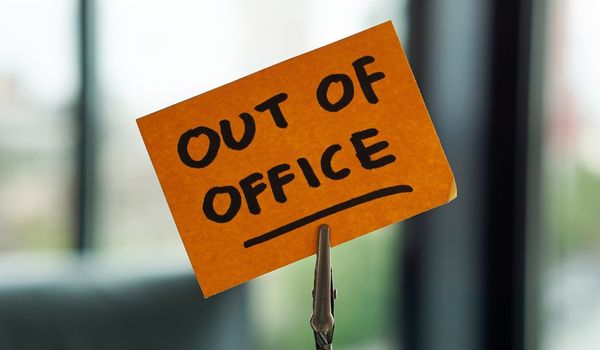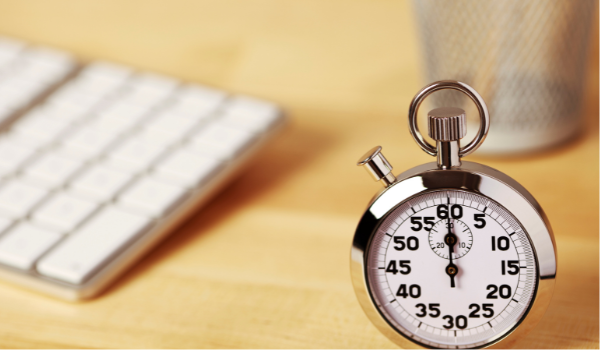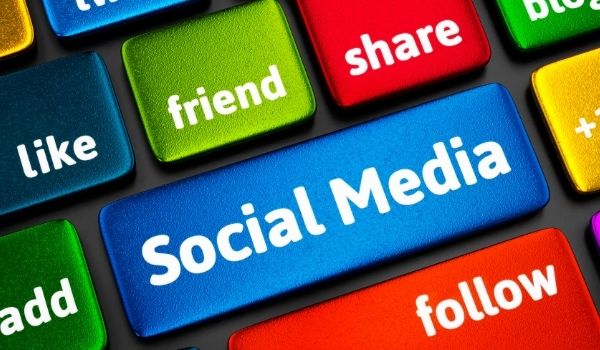Eat The Frog And Other Efficiency Tips
It's a busy time of year. But then again, we all tend to be pretty busy most of the time. I can't remember having downtime without acknowledging the work that is waiting for me when I return. Whether being busy is typical, seasonal, or a choice, consider these best practices to make the most of the time you have. One item to remember is to eat the frog, first.
Do One Thing At A Time
Focus on one thing at a time to minimize the time cost of switching tasks. Each time you switch to a different task, time is used to find your focus and get started. Kind of surprisingly, task-switching can eat up as much as 40 percent of your productivity. To minimize the time cost of switching, try focusing on one task until it is completed, or perhaps set a minimum time to focus.
Break up your day into various chunks of time, and set the area to focus on for each section. Remember, this isn't set in stone, but a guideline. Things come up. Set up a block of time to answer emails, then another block to return calls, and so on. If it's hard to stay focused on one thing at a time, try grouping similar tasks together since there will be a lower cost from switching. For example, if you are reviewing documents for one matter,
Consider Urgency vs Importance
Although these two seem interchangeable, they are actually quite different. Urgent tasks are ones that require attention immediately, such as returning a phone call, responding to an email, or going to a meeting. An important task is one that isn’t time sensitive but must be completed. Examples of these could be creating relationships with clients, finishing an article, or going to a networking event. There are four categories to use to classify tasks:
- Urgent but not important
- Not urgent and not important
- Important but not urgent, and
- Important and urgent.
Things that aren’t urgent or important should be put at the bottom of your task list and honestly, can likely be removed. Items that are both important and urgent should be moved to the top of the list. Tasks that are then important but not urgent should come after. Urgent but not important tasks should be the last items on your list.
Eat the Frog
Mark Twain said, “If it’s your job to eat a frog, it’s best to do it first thing in the morning. And if it’s your job to eat two frogs, it’s best to eat the biggest one first.” This “frog” is the most unpleasant task on your list. These are the things that when you think of them, a sense of dread is immediate. It's likely something you are putting off. While not fun, it's best to just get it over with. Get that stuff done first. Then you can get on with the rest of your tasks without the day long dread. The “frog” is a mental thing. When you get it done, you won’t have the anxiety of it looming over you all day.
Consider the 80/20 Rule
Also known as the Pareto Principle, the idea states 80 percent of your sales comes from 20 percent of your customers. Based on this, those 20 percent of your clients deserve your attention. The American Bar suggests evaluating the 80 percent and possibly re-assigning them to your subordinates or other lawyers. That way you have more time for your 20 percent.
Set Yourself Up For Tomorrow
A pretty easy step, but, creating a to-do list for the next day at the end of the current day really drives efficiency. Prioritize the next days tasks, too. Use the importance vs. urgency classifications mentioned above to help you. Making a to-do list can be a huge time-saver for the next morning. This helps prevent not “eating the frog” the next day. Be sure to put those items at the top of your list.
Efficiency is all about how much you get done in the time you have. Setting priorities, eating the frog first, and creating activity blocks help to achieve your goals. Or maybe even exceed them. Who knows. Maybe you will even have time to relax?


